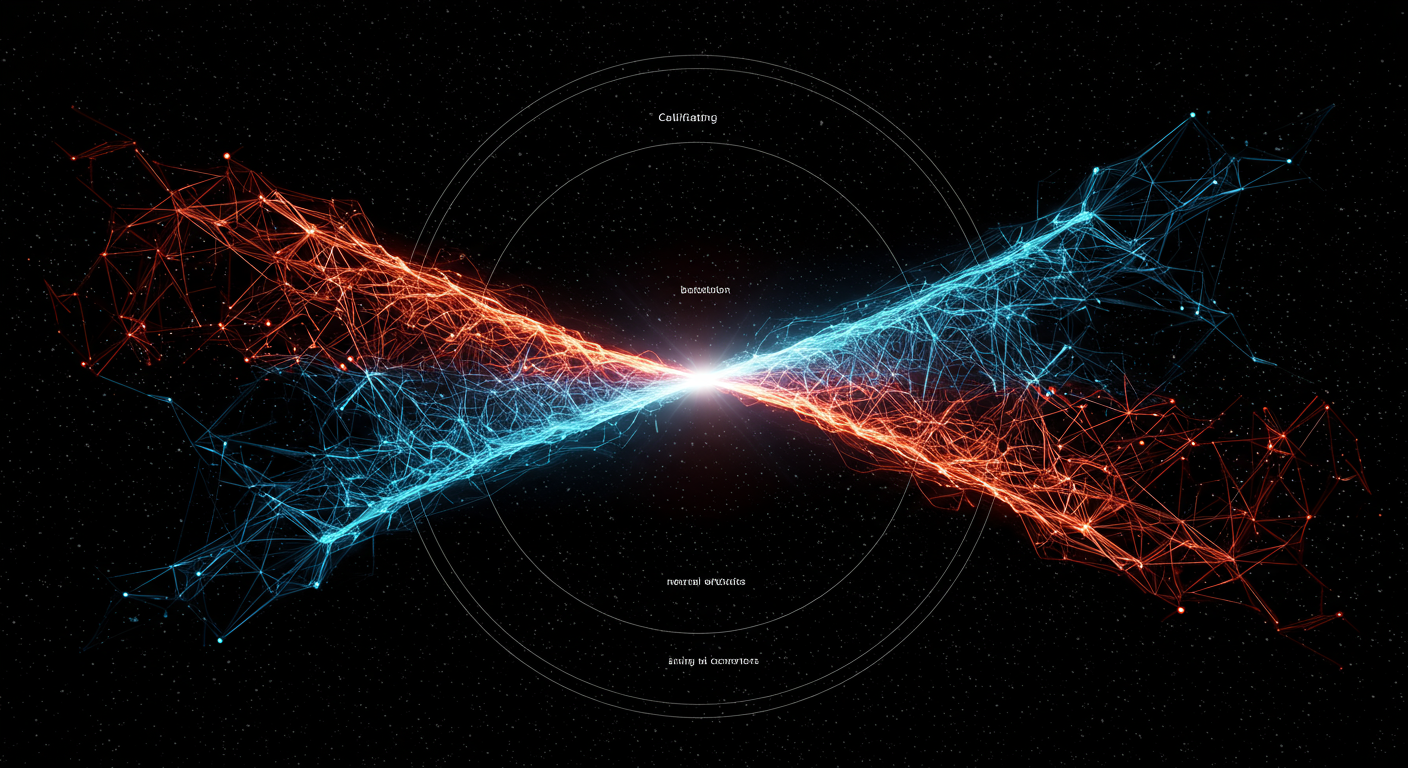Calibrating Bayesian Tension Statistics using Neural Ratio Estimation

In their recent paper, “Calibrating Bayesian Tension Statistics using Neural Ratio Estimation” (2407.15478), Harry T. J. Bevins, William J. Handley, and Thomas Gessey-Jones introduce a novel approach to calibrating the Bayesian tension statistic R, leveraging the power of neural ratio estimation. This work addresses the challenge of quantifying discrepancies between different datasets when fitting the same underlying physical model—a crucial aspect of scientific validation, particularly relevant in cosmology where apparent tensions have spurred significant debate.
The authors focus on the evidence ratio R, a widely used tension metric that compares the joint evidence of two datasets to the product of their individual evidences. While R offers a Bayesian framework for quantifying tension, its interpretation is complicated by a non-trivial dependence on the prior distribution. The core contribution of this paper is the development of a neural network architecture, dubbed the \textsc{tensionnet}, to efficiently calibrate this prior dependence.
The \textsc{tensionnet}, a neural ratio estimator, is trained on simulated datasets, learning to distinguish between data drawn from a joint distribution (representing concordance) versus independent distributions (representing tension). This approach allows for the rapid estimation of the in-concordance R distribution, which captures the range of R values expected under the assumption of no genuine tension. By comparing the observed R value from real data to this simulated distribution, the authors define prior-independent tension ($T$) and concordance ($C$) statistics.
The paper showcases the \textsc{tensionnet}’s performance through a series of examples. Initially, the authors validate the network against analytically tractable cases with Gaussian priors and likelihoods, demonstrating its ability to accurately recover the in-concordance R distribution and successfully calibrate out the prior dependence.
Moving beyond analytical examples, the authors apply the \textsc{tensionnet} to a toy model inspired by 21-cm cosmology, where separating faint cosmological signals from overwhelming foregrounds presents a significant challenge (2010.09644). This example demonstrates the \textsc{tensionnet}’s ability to assess the agreement between different 21-cm observations in realistic, non-linear scenarios.
Finally, the authors tackle a real-world cosmological problem: assessing the tension between Baryon Acoustic Oscillation (BAO) measurements from the Dark Energy Spectroscopic Instrument (DESI) and the Sloan Digital Sky Survey (SDSS) (1906.11628). Using a carefully curated composite dataset, they find no significant tension between these two surveys, a finding with implications for our understanding of the expansion history of the Universe. This analysis underscores the practical utility of the \textsc{tensionnet} in addressing open questions in cosmology. Lead author Harry Bevins’s expertise in Bayesian inference and machine learning is evident throughout the work, particularly in the innovative design of the \textsc{tensionnet} architecture.



Content generated by gemini-1.5-pro using this prompt.
Image generated by imagen-3.0-generate-002 using this prompt.